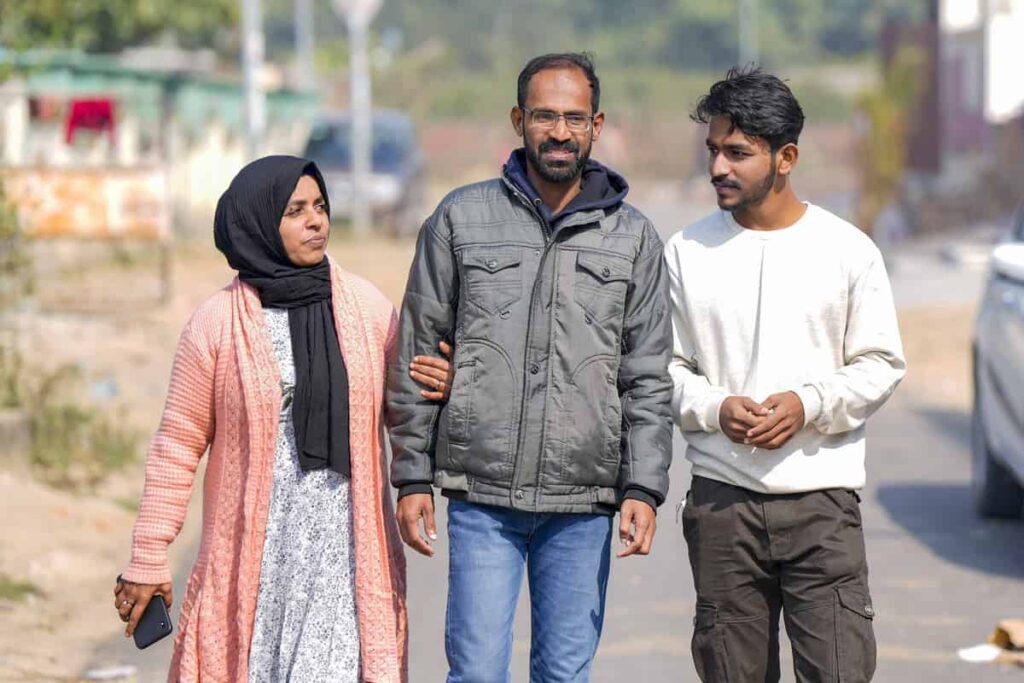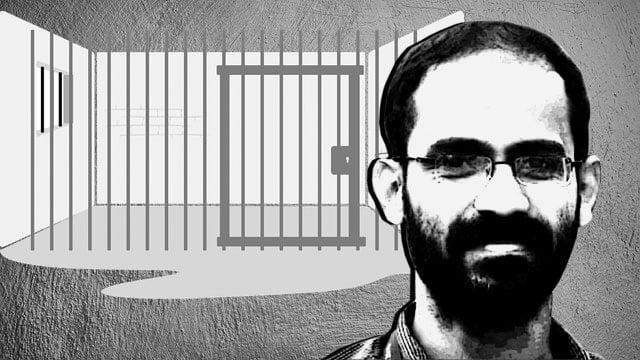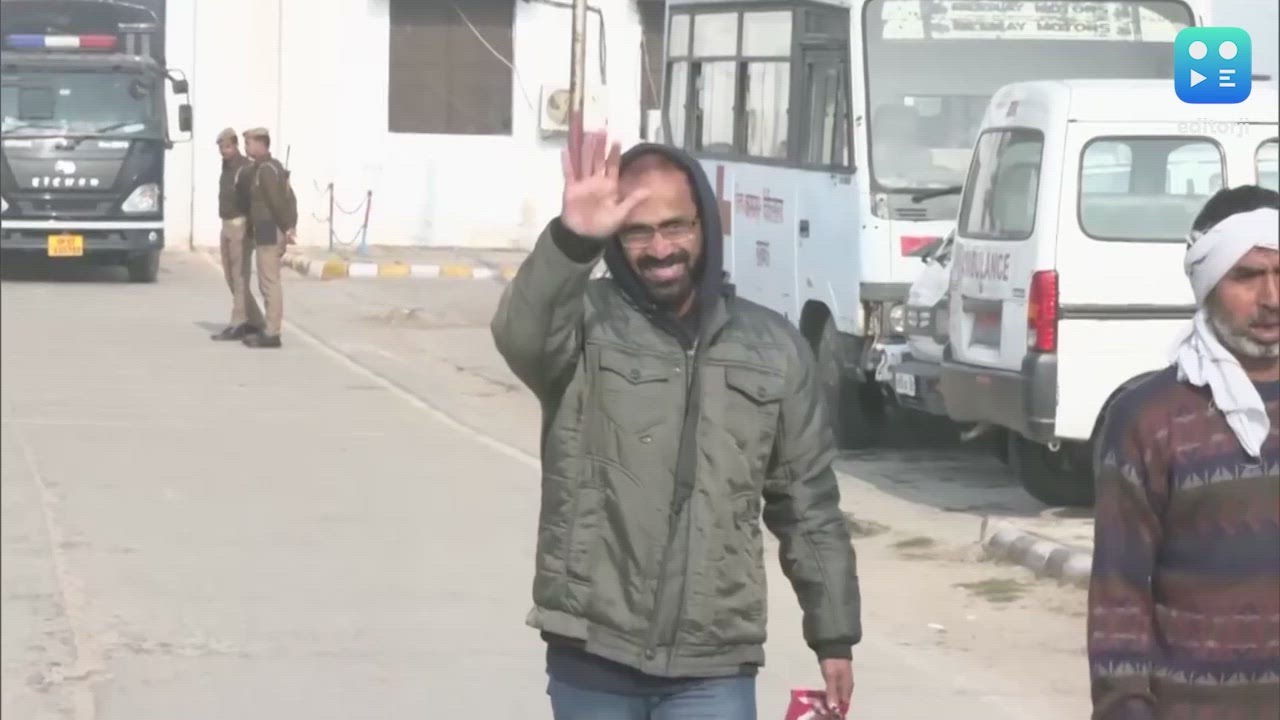India, according to a study put forth by Reporters Without Borders through their 2021 World Press Freedom Index is considered one of the most dangerous places for journalists in the World. India has been ranked 142 of 180 countries for the second successive year on the Index.
Siddique Kappan walked out of jail on February 2nd 2023 after spending two years and four months of imprisonment and incarceration where he claimed to be tortured by the police in an attempt to admit his association to the terrorist and Maoist groups. The journalist was also supposedly asked an array of absurd questions as to whether he had visited Pakistan or had consumed beef.
The report revealed that an environment of intimidation is created for the journalists who are seen criticising the government. The report holds the Hindutva ideology and the Bharatiya Janata Party responsible for this situation as it is often seen to label journalists who raise voices against the government as ‘anti – national’ or ‘anti – state’.

The report also specifically criticised the Prime Minister Narendra Modi of ‘tightening his grip on the media’ where four journalist deaths were reported in association with their work in 2020. The report further quotes “India is one of the world’s most dangerous countries for journalists trying to do their job properly” (Reporters without Borders).
850 days of Siddique Kappan
Siddique Kappan is a journalist who hails from Kerala. He was arrested on his way to report on the Hathras case in Utter Pradesh where a 19-year-old Dalit girl was gang raped and murdered. Kappan walked out of jail on February 2nd 2023 after spending two years and four months of imprisonment and incarceration where he claimed to be tortured by the police in an attempt to admit his association to the terrorist and Maoist groups. “They slapped me several times and beat me on my legs and feet. They tried to force me to admit having links with Maoists or Islamic terrorists, despite their torture, I said no to all their questions.” said Kappan to The Wire. The journalist was also supposedly asked an array of absurd questions as to whether he had visited Pakistan or had consumed beef.
Kappan was first charged for trying to disturb law and order in Hathras. The UP police later claimed that he had links with the PFI (Popular Front of India), an Islamic political organisation which engages in a Muslim minority politics mostly formed to counter the Hindutva groups. Kappan has always denied his links and has stood affirm as to his statement of being framed.
Kappan was taken into custody under UAPA (Unlawful Activities Prevention Act) for purported terror funding. The UAPA also known as the Anti-Terror Law aimed at forestalling unlawful activities in India. The most recent amendment of the law UAPA 2019 has given the liberty to the Union Government to identify individuals as terrorists without the hassle of following any form of judicial procedures.

Kappan was imprisoned in October 2020 under UAPA as accused for associating with a banned terrorist organisation. Kappan at that time was a reporter for Azhimukham, a Malayalam news portal reporting on the Hathras case, a case which drew massive public attention which was followed by protests and outrage as a result of alleged cover up by the police and the state administration.
Also read: Siddique Kappan: What Is Press Freedom In A Banana Republic?
The 19-year-old who died after gang rape was cremated in the silence of the night by the UP police in the absence of her family. Kappan was first charged for trying to disturb law and order in Hathras. The UP police later claimed that he had links with the PFI (Popular Front of India), an Islamic political organisation which engages in a Muslim minority politics mostly formed to counter the Hindutva groups. Kappan has always denied his links and has stood affirm as to his statement of being framed. “To avoid embarrassment, the government made me a scapegoat and tried to give communal colour to the horrific incident of rape and murder” said Kappan to The Wire.
A convenient scapegoat under the police custody
The FIR registered against Kappan on the 7th of October 2020 in Mathura charged him under Section 124A – Sedition, 153A – promoting enmity between different groups on grounds of religion and section 295A – deliberate and malicious acts which intended to outrage religious feelings of any class by posing an insult to its religion or its religious beliefs of the IPC (Indian Penal Code) along with these Kappan was also registered under the UAPA and the Information Technology Act.
The arrest of Kappan got to headlines and several attempts were made to secure a bail, including a habeas corpus petition filed by his colleagues after they lost contact with him. A bail application was also submitted to the Supreme Court. Kappan’s lawyer stated Article 32 of the Constitution to move the Supreme Court by seeking constitutional rights for the violation of one’s fundamental rights. This particular move was used by the Republic TV owner/editor Arnab Goswami in May 2020 to extinguish the multiple FIRs registered against him for promoting enmity and for condoning inflammatory statements between religious groups. However, in Kappan’s case, S A Bobde, the Chief Justice of India claimed that the court was in a position of discouraging citizens from using Article 32 to gain bail.
Kappan after his release stated that he will continue to be a journalist. He expressed his grave concern for other journalists who are kept captive around the country. “Journalism is dangerous in India,” says Kappan on the day of his release. He accused the government of silencing the efforts of journalists by accusing them of terrorism.
The UP government approached the Supreme Court with a 5000 page long chargesheet which asserted that Kappan had failed to write like a ‘Responsible Journalist”. The charge sheet also included a case diary note which was dated 23rd January 2021, the investigating officer has highlighted materials of 36 articles authored by Kappan on reporting the Nizamuddin Markaz gathering post the Covid outbreak, Northeast Delhi riots, anti-CAA protests, The Ram temple in Ayodhya and also included the chargesheet written against Sharjeel Imam who was imprisoned under sedition charges.

Kappan was accused by the court of writing to incite Muslims and also was in an attempt to publish ‘anti-Hindu’ stories in the Malayalam media thus inflaming the Delhi riots. The police also accused him of trying to sweep the death of Intelligence Bureau officer Ankit Sharma and Ratan Lal (Head constable) under the rug. The police also brought forward two eyewitnesses who claimed to have seen Kappan and Rahman trying to fan the flames of a crowd towards the administration on the day following the cremation of the victim. However, the lawyers of the accused countered it by stating the accused not being in the region as they were arrested on their way there.
Also read: Did Journalists In India Reach A Crisis Point?
On the 1st of February 2023 the sessions court in Lucknow signed the orders to release Kappan on Bail. Previously the Supreme court had granted bail in September 2021, however he remained in jail for the want of proving bail surety. Kappan was instructed to furnish two sureties of a lakh each as well as a personal bond of the same amount when he was permitted bail in the UAPA case. The Supreme Court signed the bail as the UP government failed to prove the presence of “anything provocative in the documents‘” that were retrieved from the vehicle in which Kappan was travelling to, in Hathras. The court also respected and observed the right to free expression every citizen is entitled to. Kappan’s wife Raihanath all along the 850 days kept up to the legal battle, she was also backed by the Delhi Kerala Union of Working Journalists where Kappan at the time of arrest served as an office bearer.
The fire still shines bright in Kappan
Kappan after his release stated that he will continue to be a journalist. He expressed his grave concern for other journalists who are kept captive in the country. “Journalism is dangerous in India,” says Kappan on the day of his release. Kappan accused the government of silencing the efforts of journalists by accusing them of terrorism. He has been in Delhi since 2013 and has reported on Congress, minorities and the parliament for his Malayalam based news portal.
Also read: Dalit Women Journalists’ Resistance Against The Caste Bias & Discrimination
This incident has not dulled his desire as a journalist, he stated that he would use his means to stand against the “Draconian laws” like the UAPA. Kappan lost his freedom for more than two years under this law, his desire to revolt will amplify through the lives of the coming generation of journalists.
About the author(s)
Elizabeth has completed her Master's in English at Manipal University. She loves to write and is hopeful about bringing a change through her writings and when exhausted by it she often indulges in films, music and tv shows.






Thank you for this bold commentary.
Exceptionally well written article
Very good article and thought provoking.